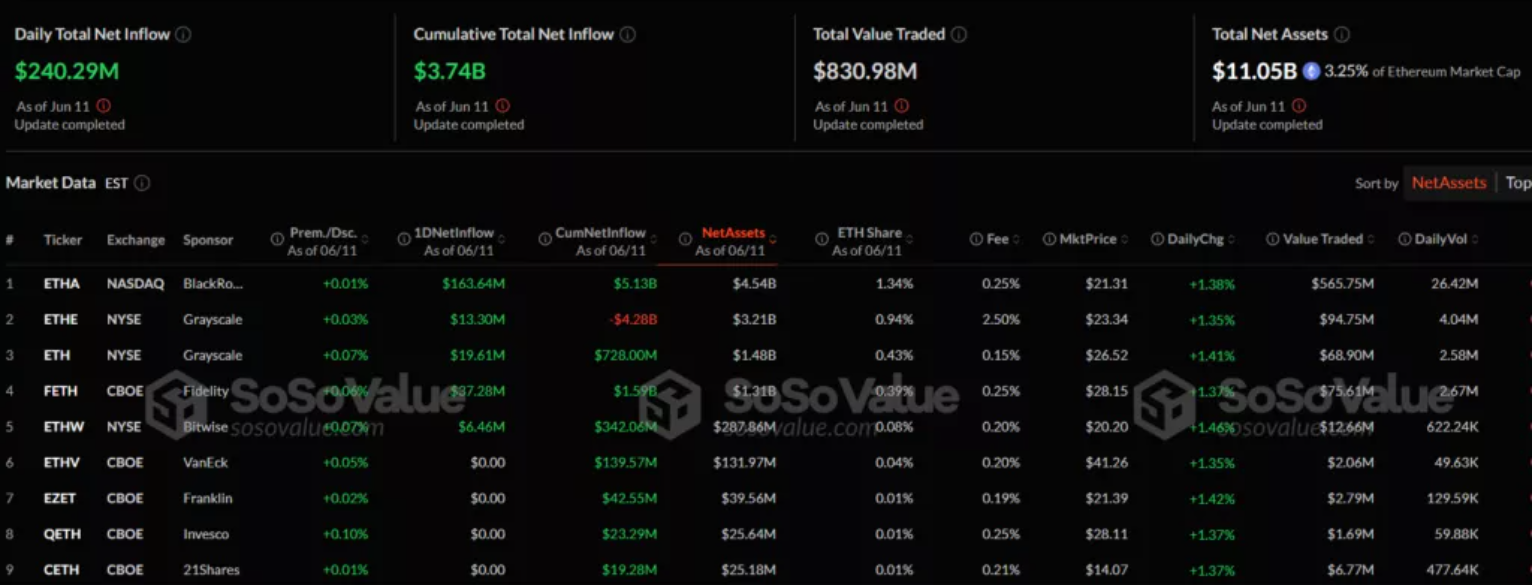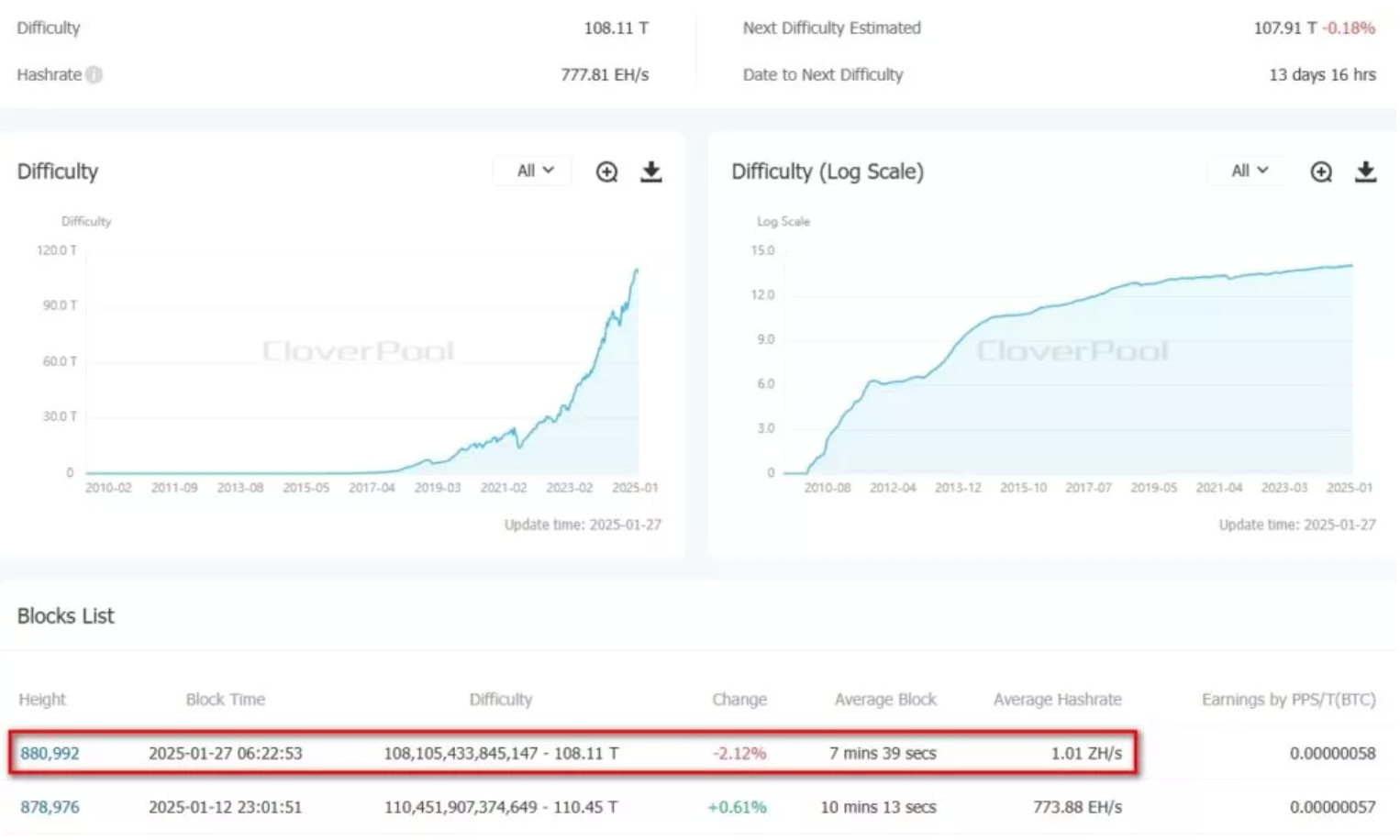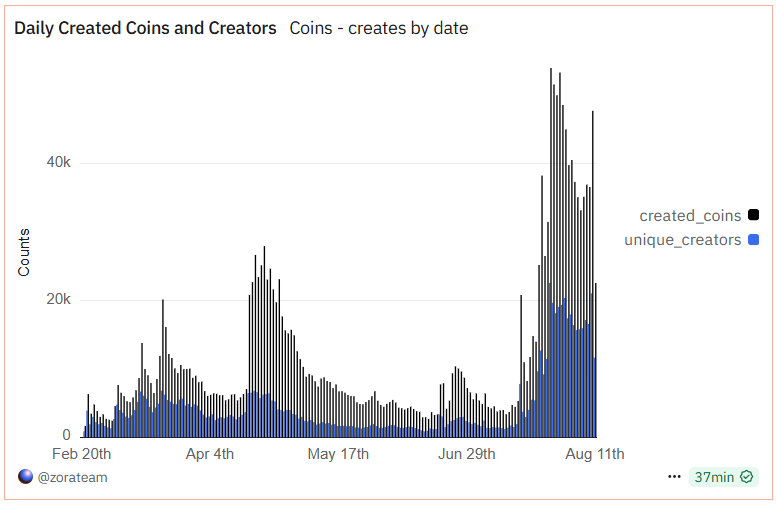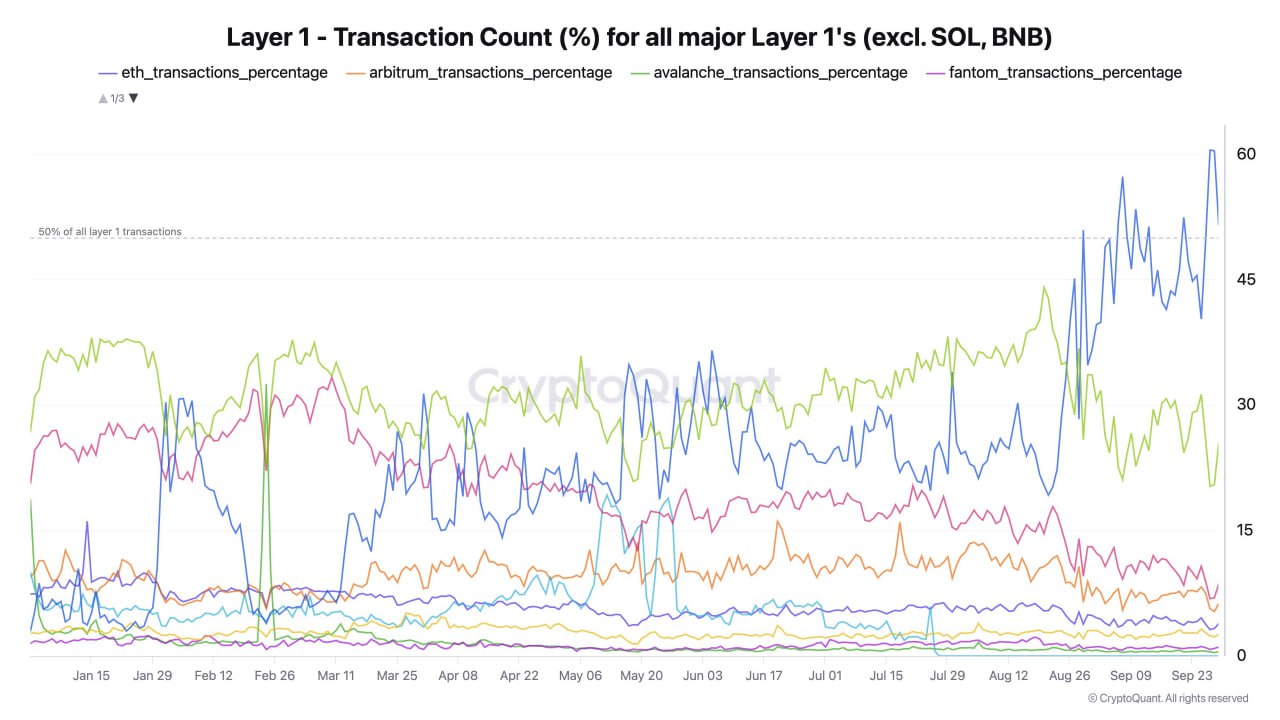Bitcoin may face a significant drop of up to 70% during the next bear market phase, according to Benjamin Cowen, the founder of ITC Crypto. He emphasized that this prediction is based on historical data, which shows substantial corrections in the price of digital gold during past market cycles.
Historical Corrections as an Indicator
Cowen pointed out that in previous bear phases, Bitcoin has lost a significant portion of its value — 94%, 87%, and 77% from peak prices. In his view, a 70% drop is a potential scenario, though not an inevitable one. “I would say a 70% decline is possible, but it’s not guaranteed. However, historical lessons suggest this probability should be considered,” he remarked.
Potential for Reaching a New All-Time High
Currently, the last all-time high (ATH) for Bitcoin was recorded on August 14, when its price reached $124,128. As of the time of writing, the asset is trading around $116,900. Analyst Axel Adler Jr. has estimated a 70% chance that Bitcoin will reach a new ATH within the next two weeks. He noted that the market sentiment among investors is currently balanced, with the MVRV (Market Value to Realized Value) for short-term holders hovering around zero.
According to Adler, the current market conditions suggest a consolidation phase for one to two weeks before a potential breakthrough toward a new ATH. He also pointed out that Bitcoin futures are consistently trading at a premium to the spot price, a typical characteristic of bullish trends.
Key Resistance Level: $117,000
Glassnode analysts stated that Bitcoin’s key resistance level is around the $117,000 mark, where there is a significant concentration of supply. Breaking through this level could signal further growth and possibly new highs. On the other hand, if Bitcoin fails to surpass this point, a prolonged consolidation or compression phase may follow.
Factors Supporting Price Growth
One of the positive factors that may support Bitcoin’s price is institutional demand. According to Glassnode data, positive inflows into spot Bitcoin ETFs highlight this trend. On September 18, these instruments attracted $163 million, bringing the total investments over the last four trading sessions to $664 million. Last week, the total inflow surpassed $2.3 billion, the highest since mid-July.
Another factor supporting the market is the increase in reserves of Bitcoin and Ethereum on the Coinbase exchange. This metric recently reached $112 billion for the first time in four years. CryptoQuant analysts noted that growth in reserves on major exchanges like Coinbase often correlates with an increase in market liquidity and bullish price momentum.
Bitcoin as Digital Gold
It’s worth recalling that macro-analyst Luke Gromen previously explained the philosophy behind Bitcoin as digital gold. He highlighted that Bitcoin’s key advantage lies in its lack of yield, which makes it an attractive asset for investors seeking reliable tools for capital preservation.
Overall, current trends in the Bitcoin market suggest both the potential for significant growth and a substantial downturn. History shows that volatility will remain high, and analyst predictions vary depending on a wide range of factors.










